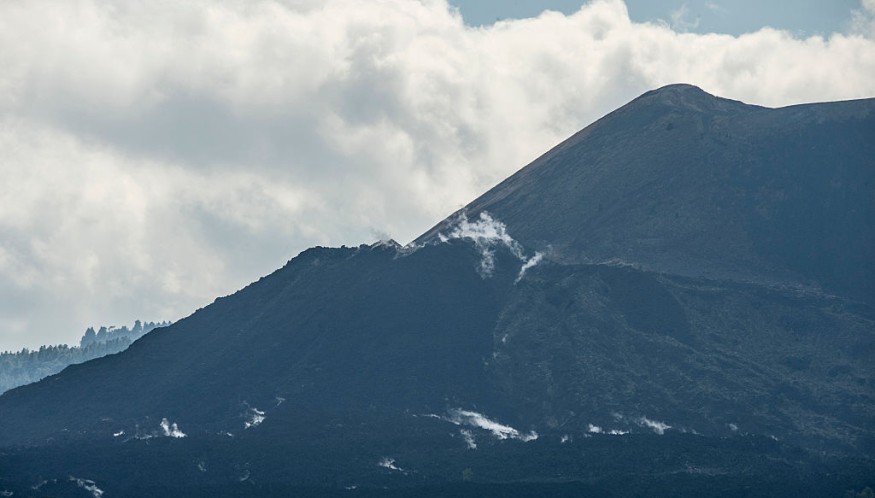
In 1943, Paricutin volcano emerged in Mexico in just 24 hours and ended up wrecking the lives of many.
Paricutin Volcano's Emergence
On February 20, 1943, the family of Dioniso Pulido was having an average day of clearing and burning shrubs from their cornfields close to Paricutin village in Mexico. They were doing so as part of preparations to sow in the spring.
Later on, Pulido transferred to a different field to continue the work. He then encountered a small hill that appeared suddenly. On top of the hill was a shallow crack that was 150 feet long and six feet wide.
This comes after several small tremors had been hitting the area in the past few days. Hence, Pulido was confused by the hill but not exactly concerned by it. He then went on to clear the brush.
Afterwards, a thunder-like sound appeared to roll through the surface. Pulido then saw that the hill was lurching upward to over six feet and was releasing gray ash into the atmosphere. Pulido then tried to run for his family as the rumbling continued.
This first day of emergence was not just a frightening encounter; it was also the volcano's first strombolian activity. Just 24 hours after Pulido found the cracks on the field, an intense volcano was found towering 165 feet over his area and releasing molten rock and ash. This was roughly one-fourth of the volcano's full height.
ALSO READ : Ancient Underwater Volcano Surprisingly Harbors Active Life, Giant Eggs off Canada's Pacific Coast
First Eruption
On June 12, 1943, the volcano's first lava flow started. It advanced towards Paricutin village and also forced another nearby town, San Juan Parangaricutiro, to be evacuated. Fortunately, both settlements did not have any fatalities, though thousands of individuals were displaced due to the eruption and forced to settle elsewhere.
The eruption went on for roughly nine years, with periods of intermittent explosive volcanic activity. Paricutin volcano's activity started rapidly declining after its third phase, which happened in 1945. Paricutin's last recorded activity burst took place between January and February 1952. It finally became dormant by then.
A Geological Testament
Paricutin's eruption was documented well by scientists and was also a global focus. It offered a unique chance for scientists to witness and look into a volcano's birth and evolution. The phenomenon, as well as its local environmental impact, has made Paricutin a popular tourist and scientific destination.
At present, Paricutin volcano is dormant. Its cone serves as a grave reminder of its turbulent and dramatic past. Visitors can explore the landscape, hike over the cone, and witness the eruption's remnants. Its surrounding area has also become a natural reserve warranting protection, called the Paricutin Volcano National Park.
RELATED ARTICLE : Iceland Plans To Drill Into a Volcano's Magma Chamber for Geothermal Energy Extraction in 2026
Check out more news and information on Environment & Climate in Science Times.










